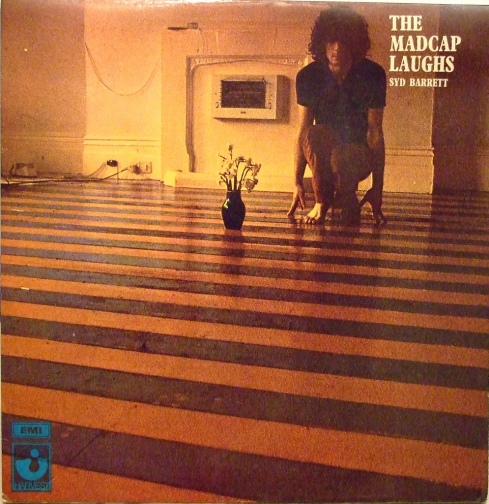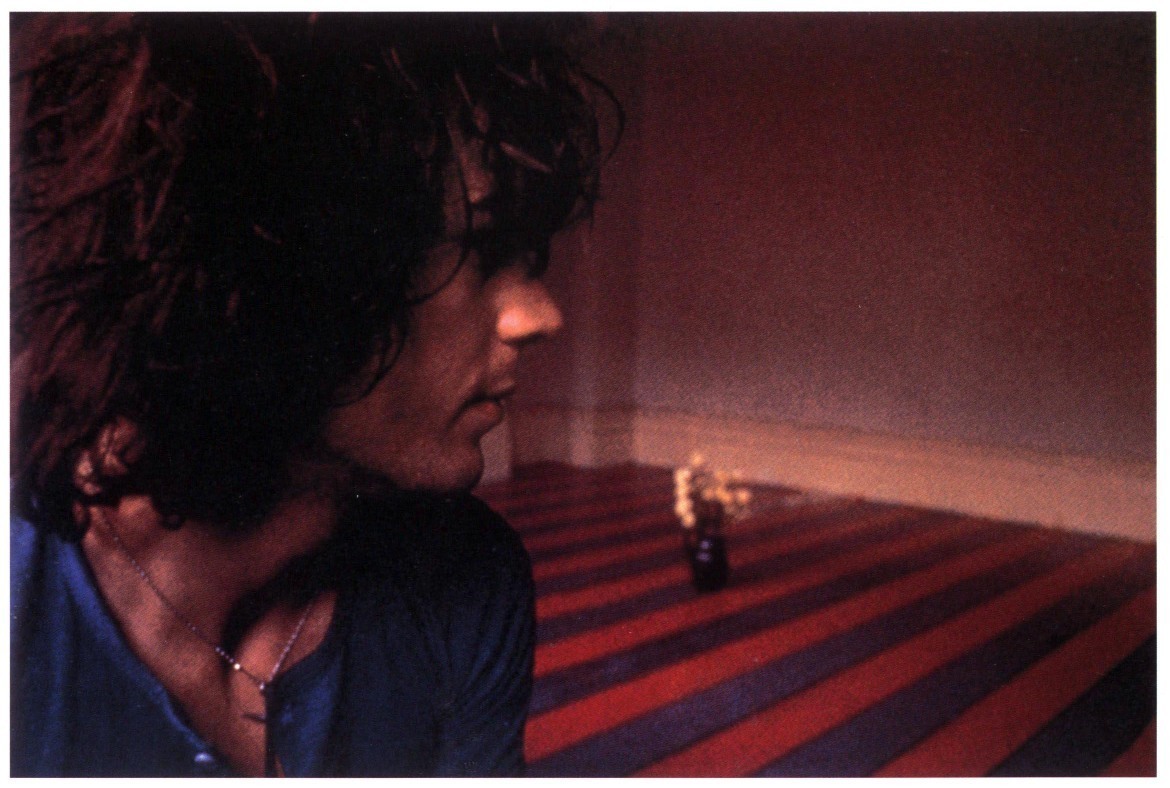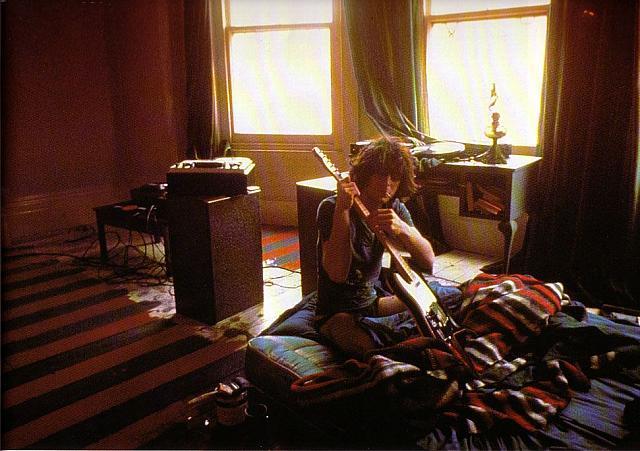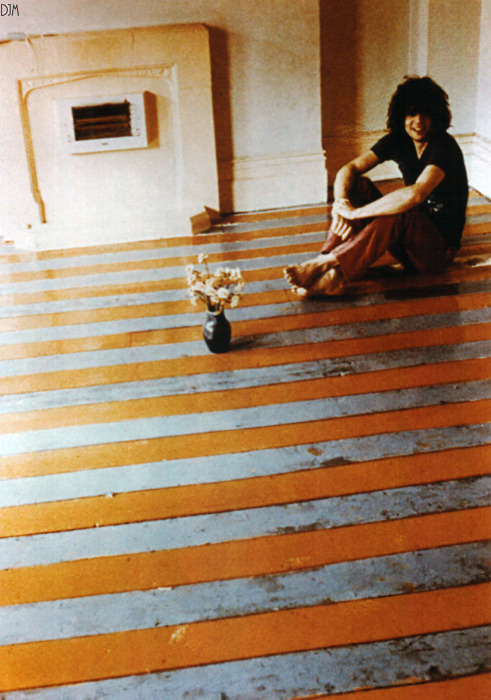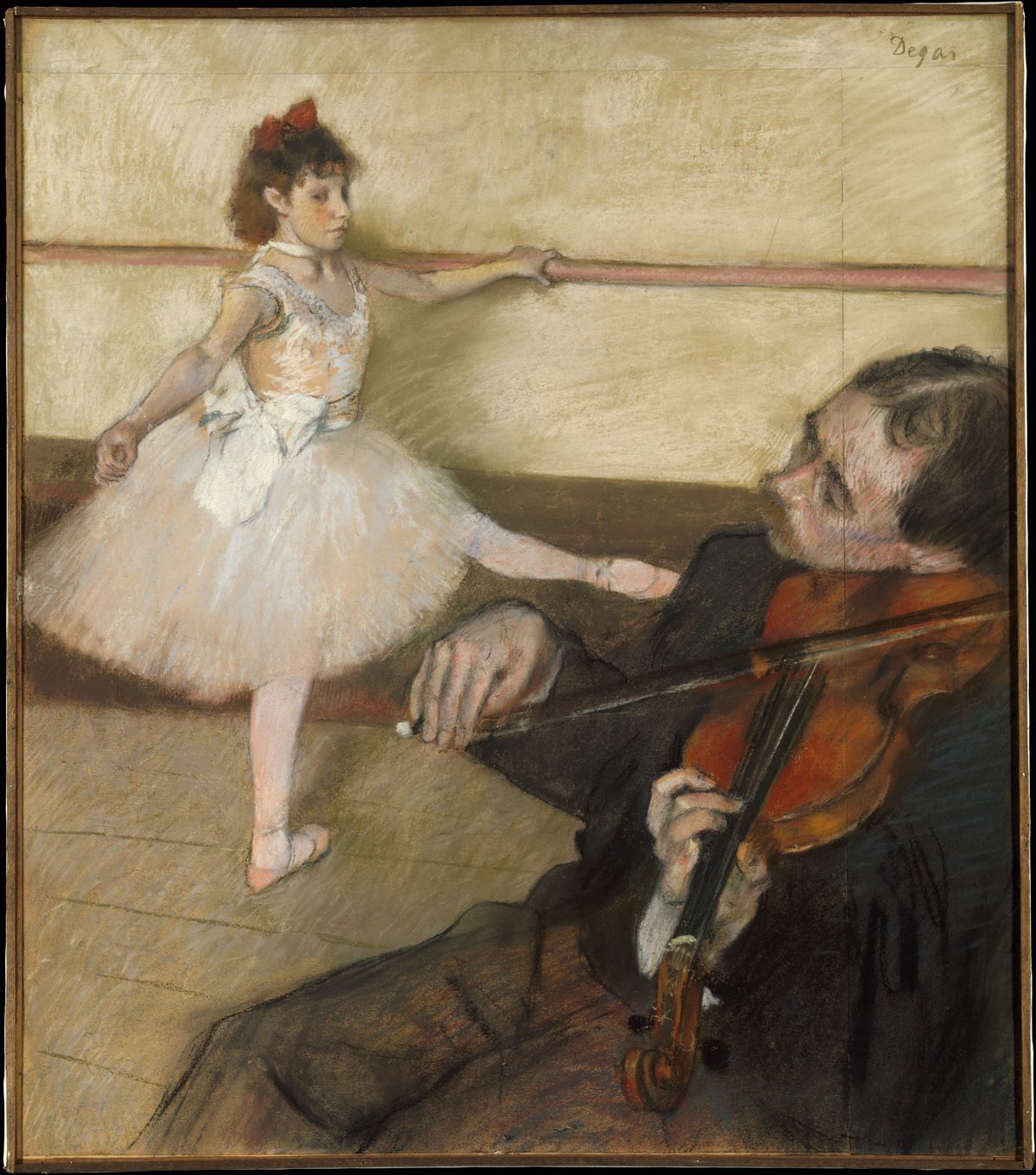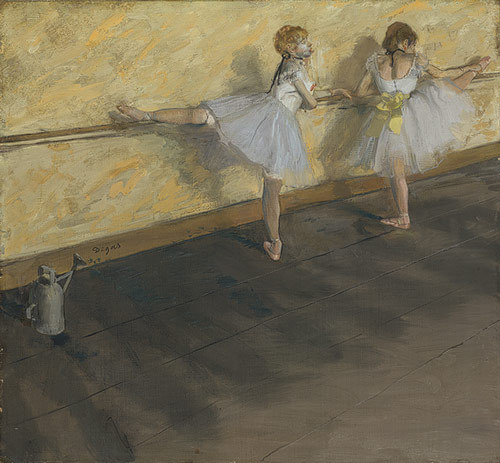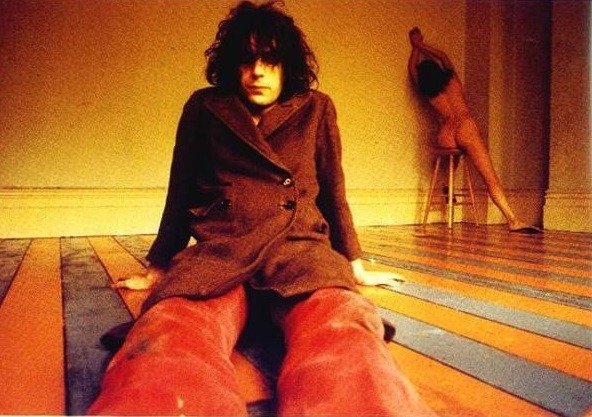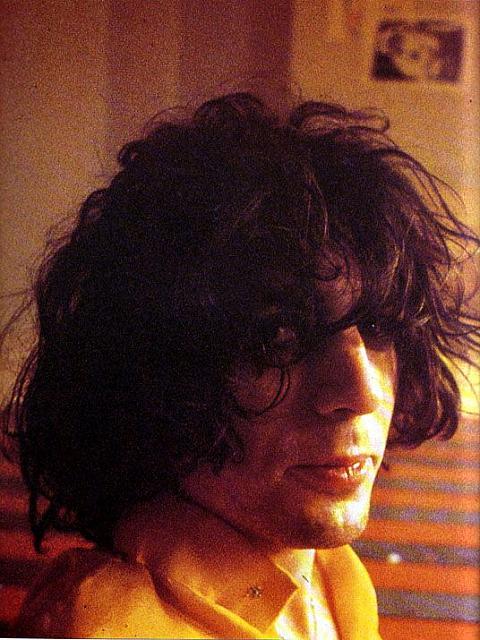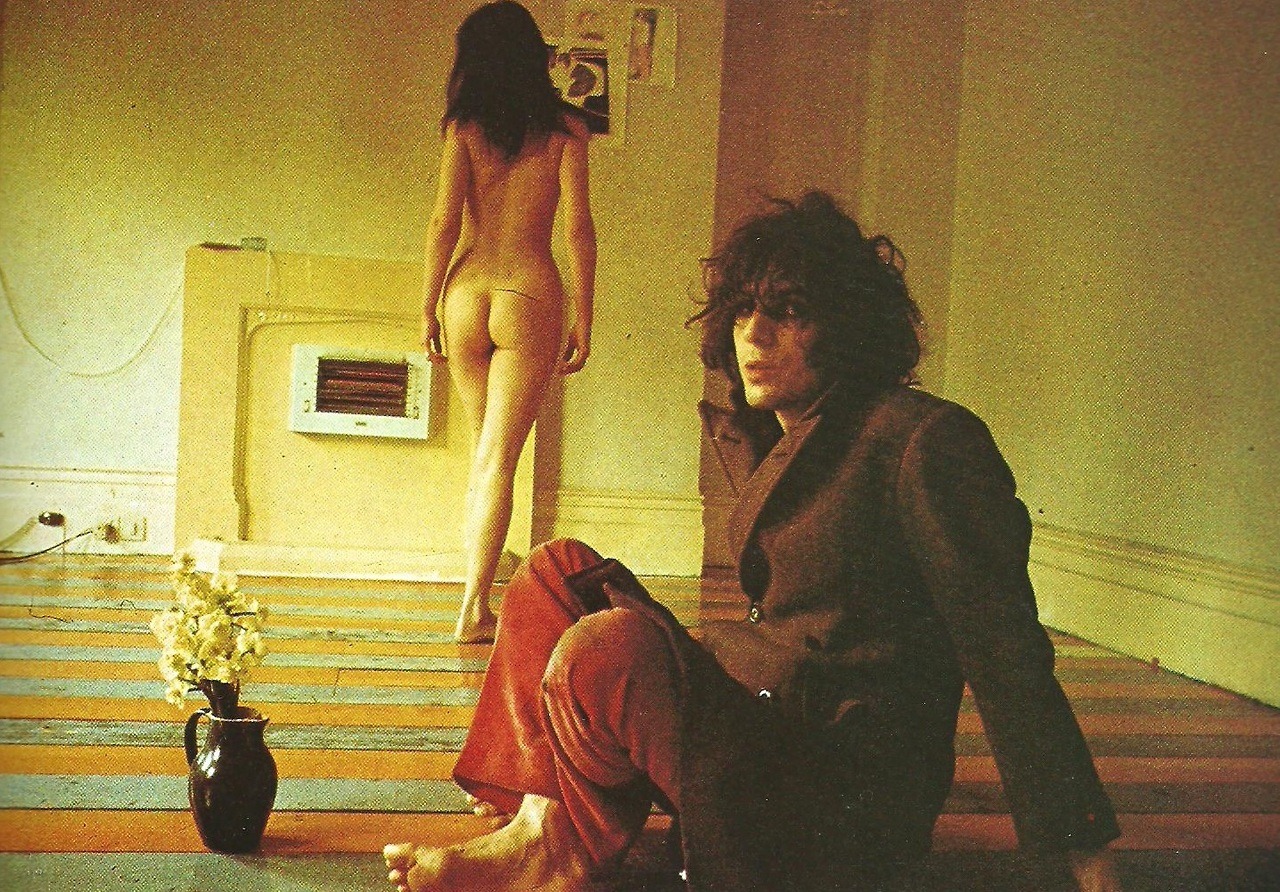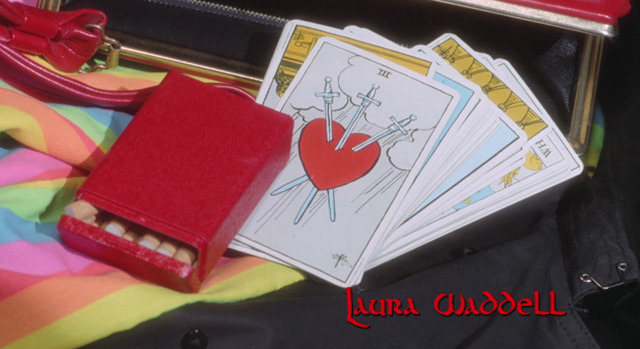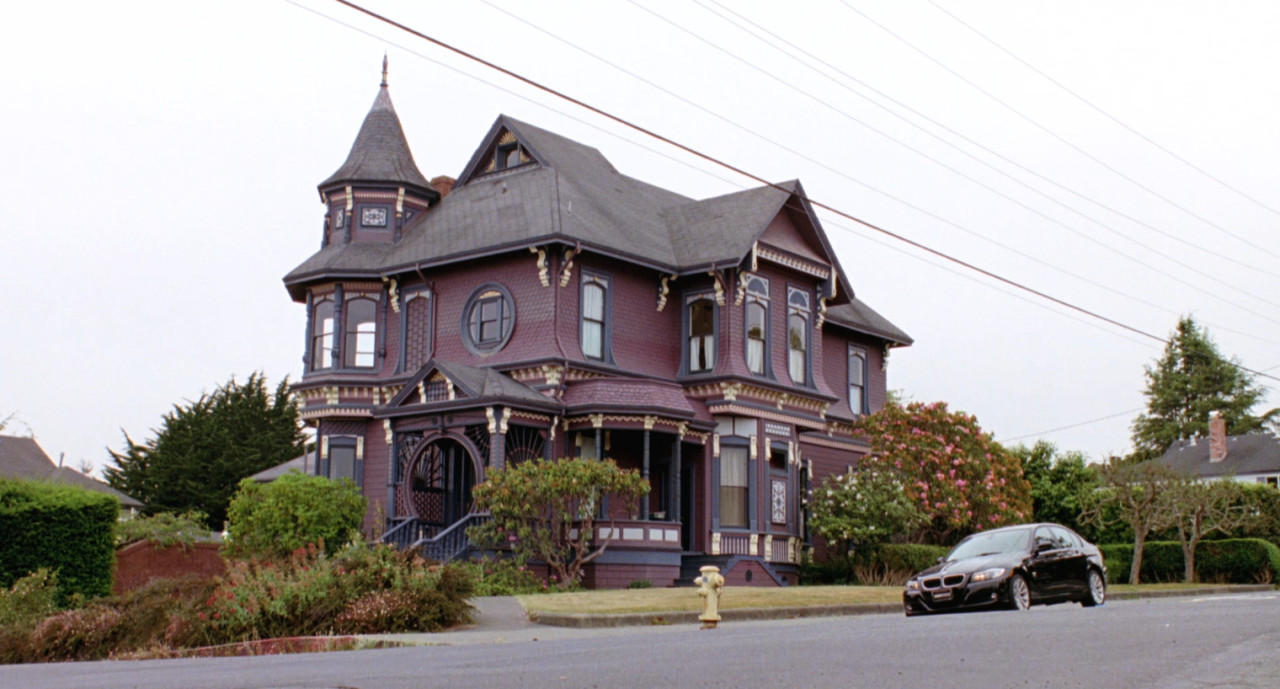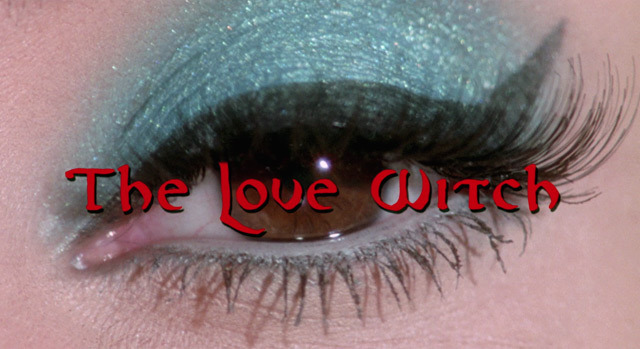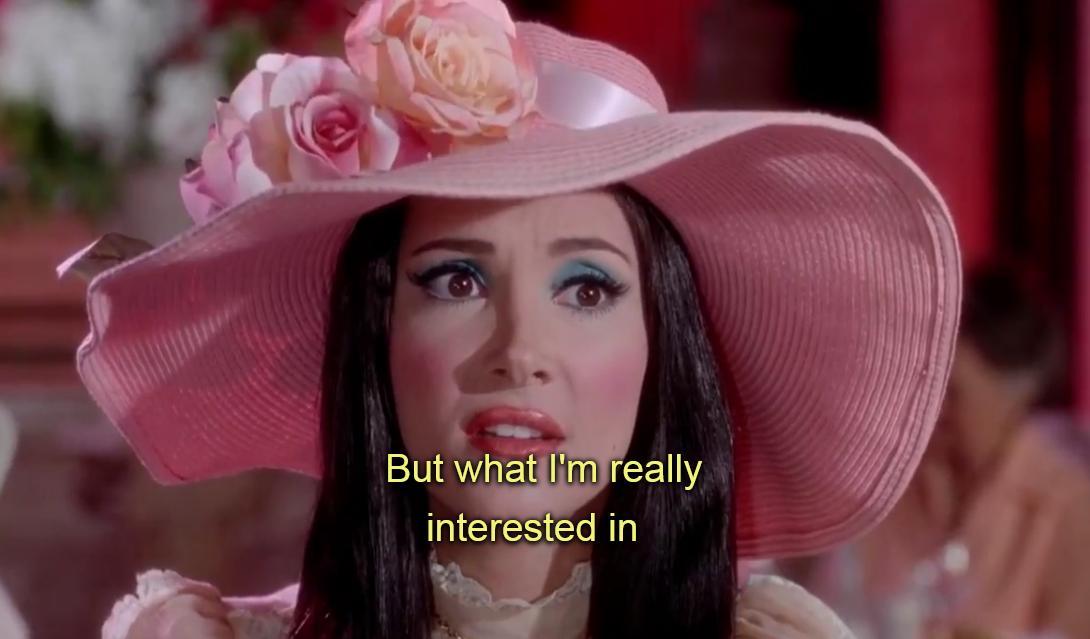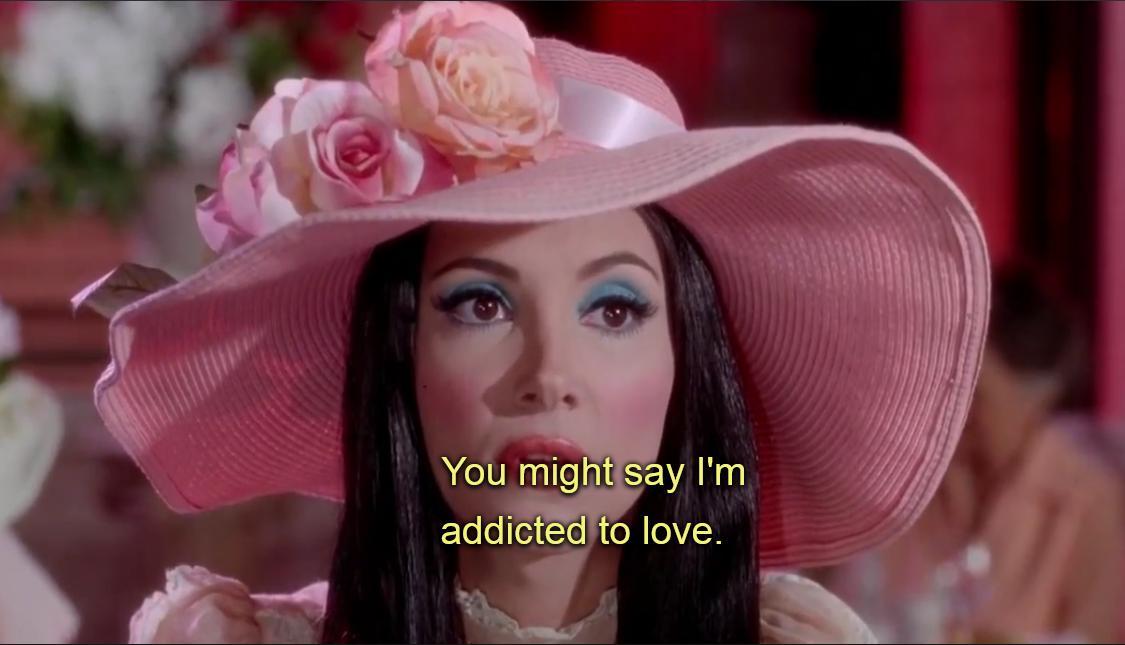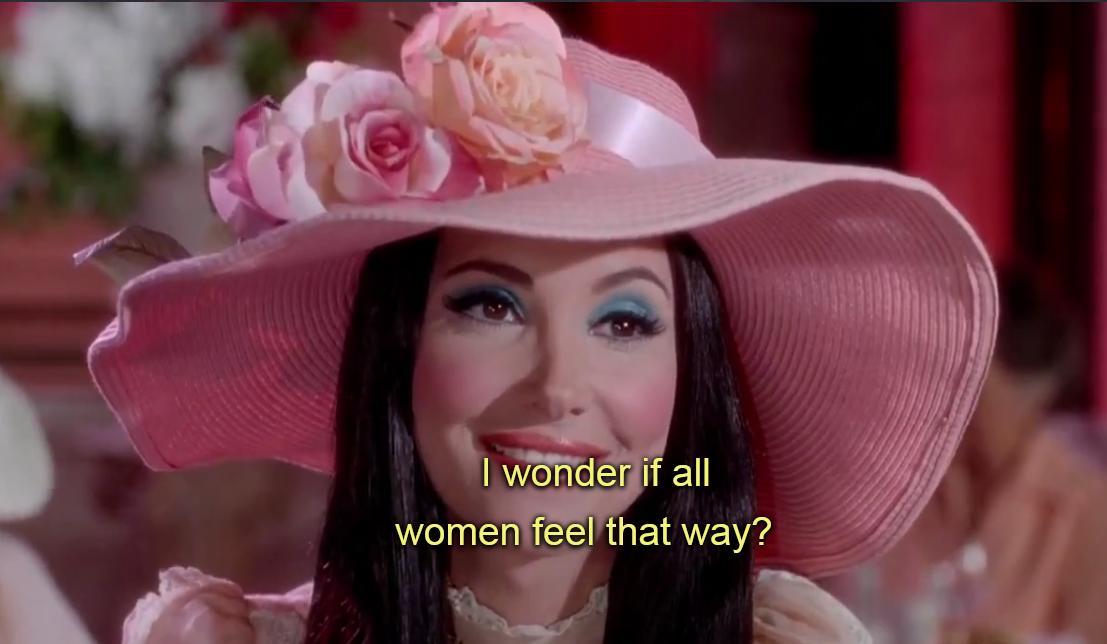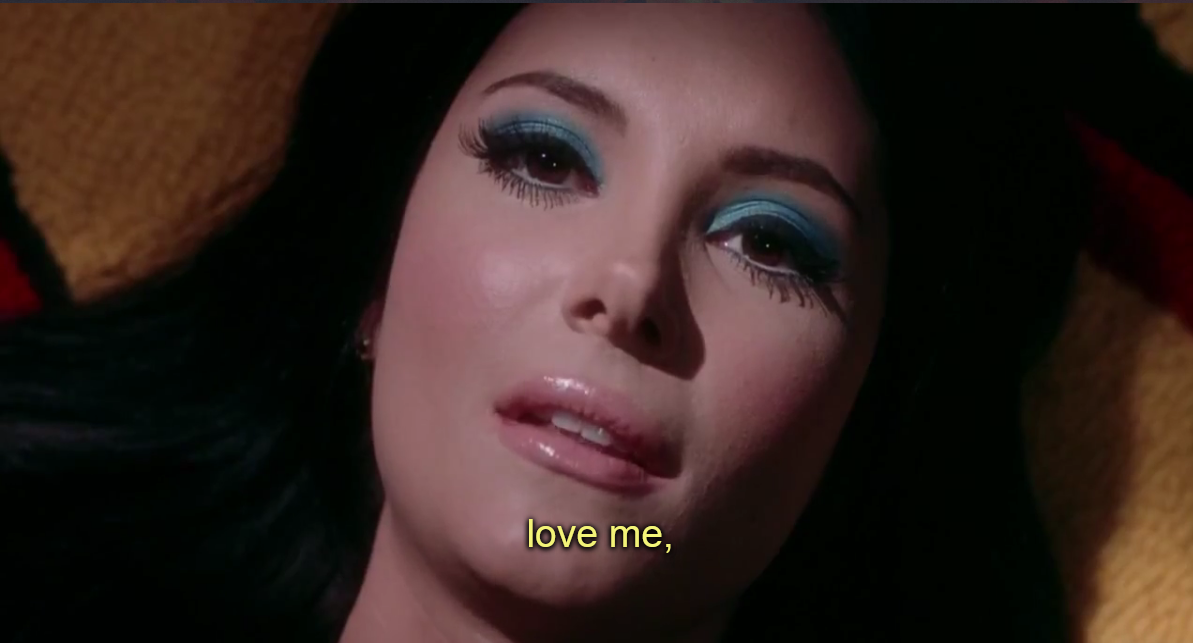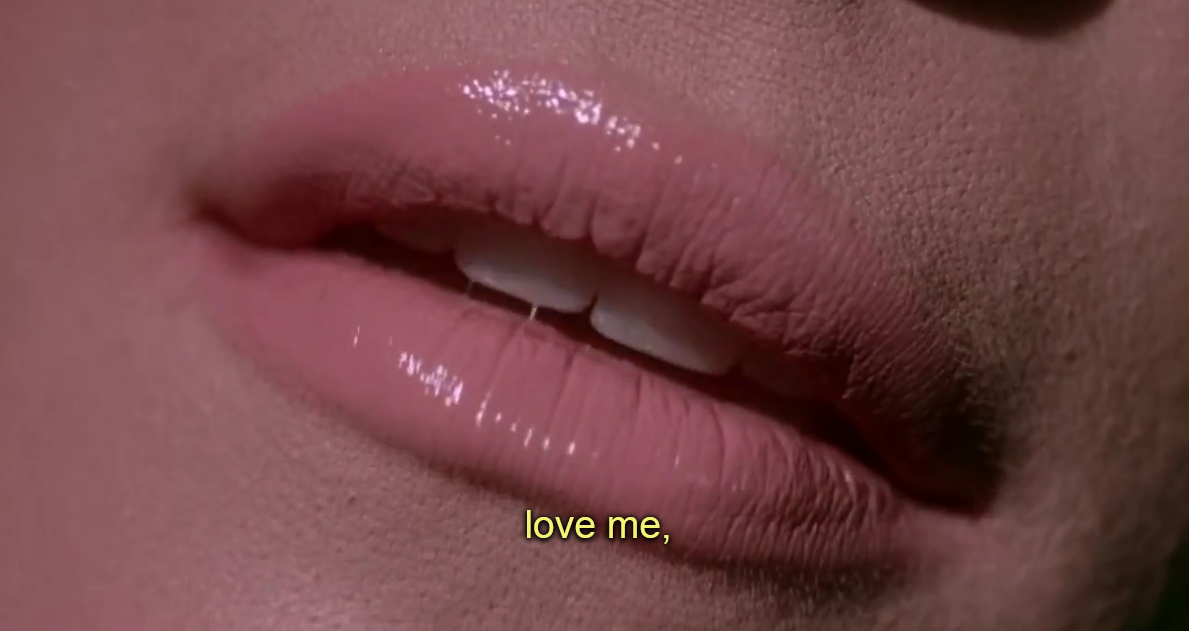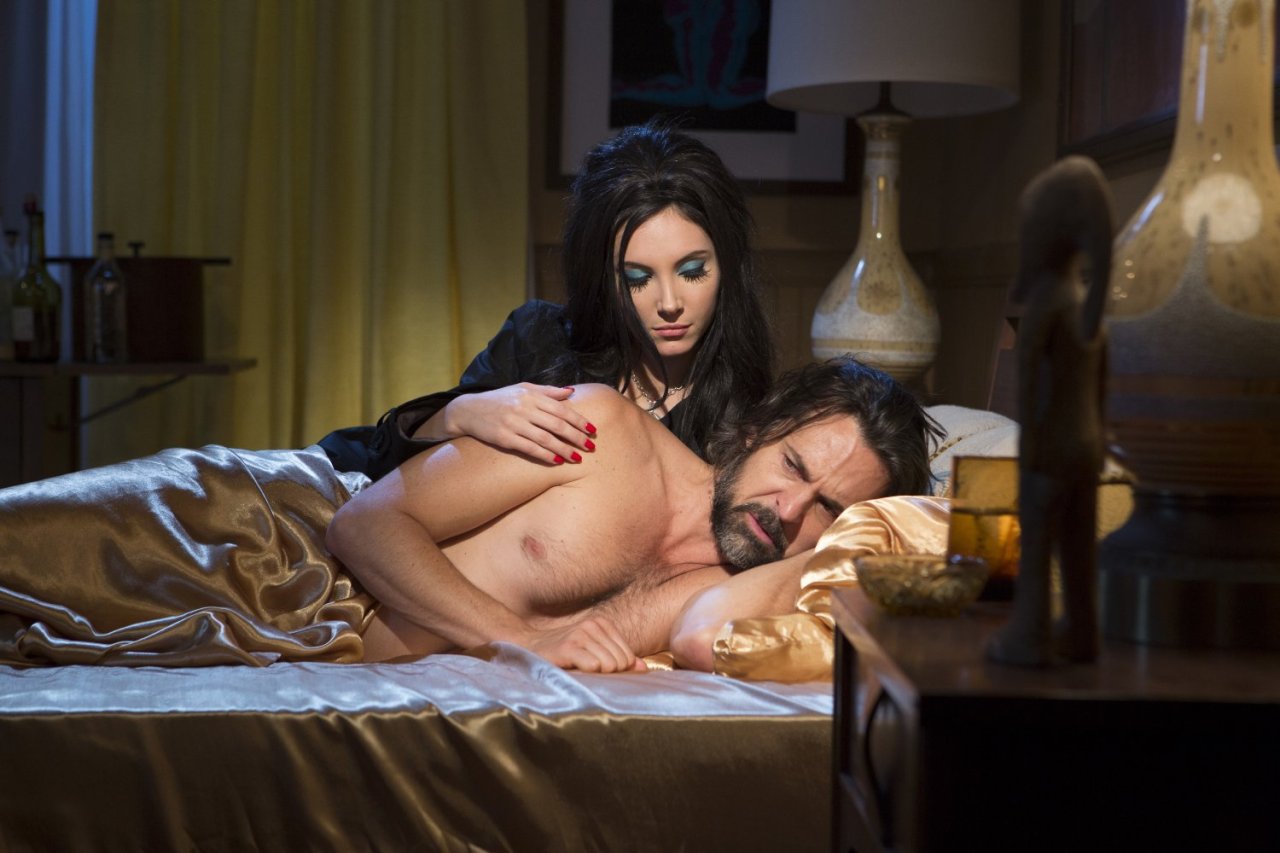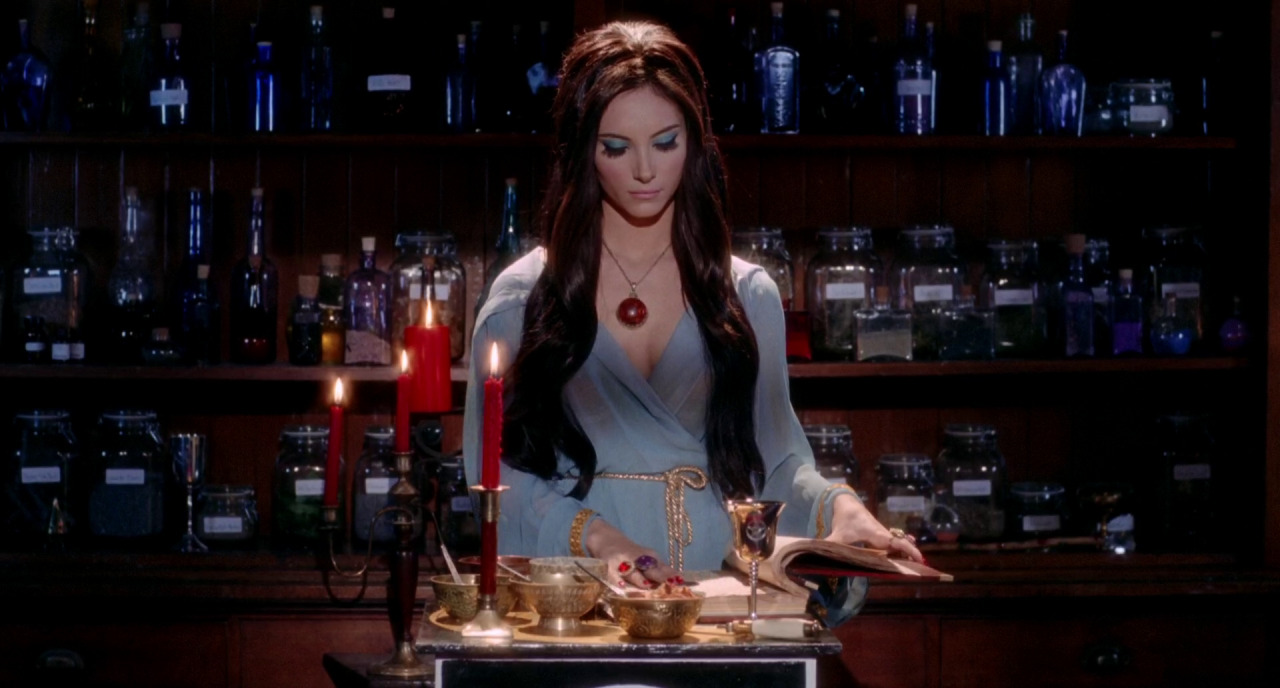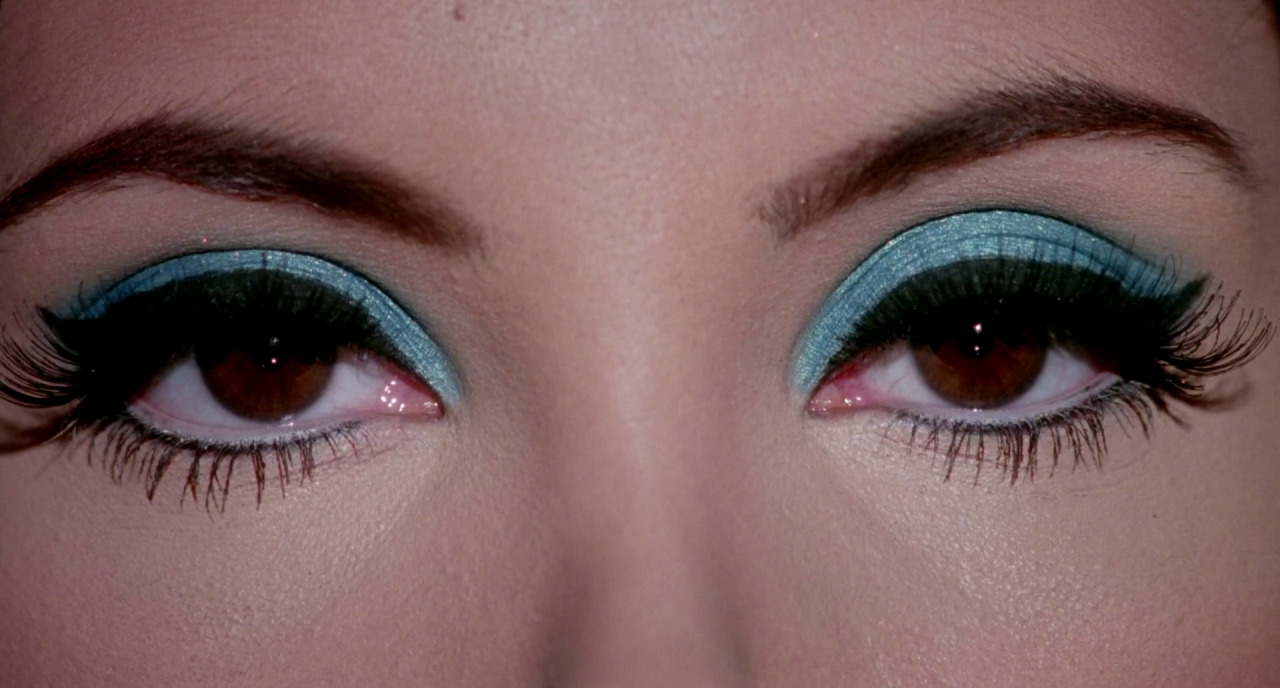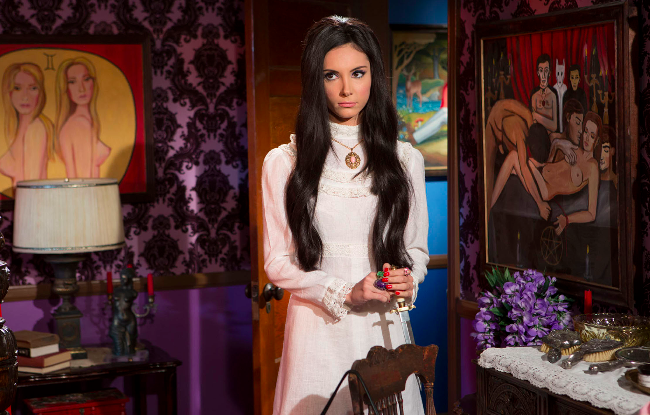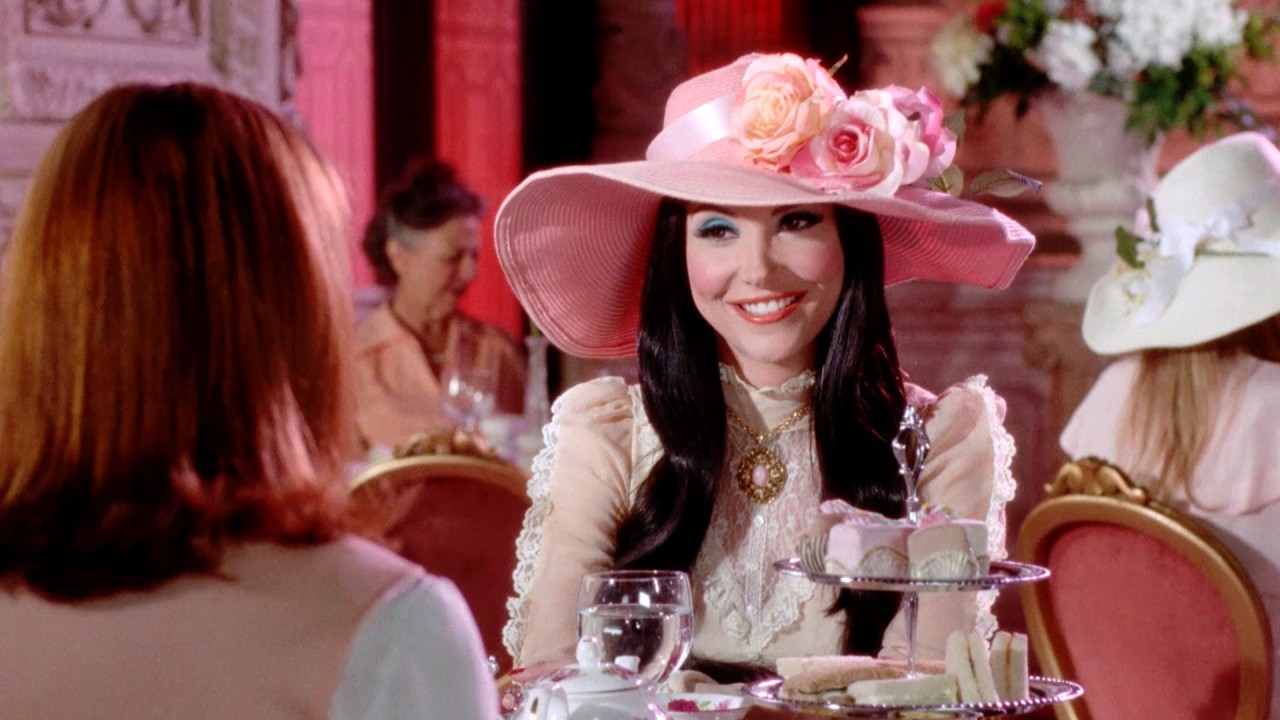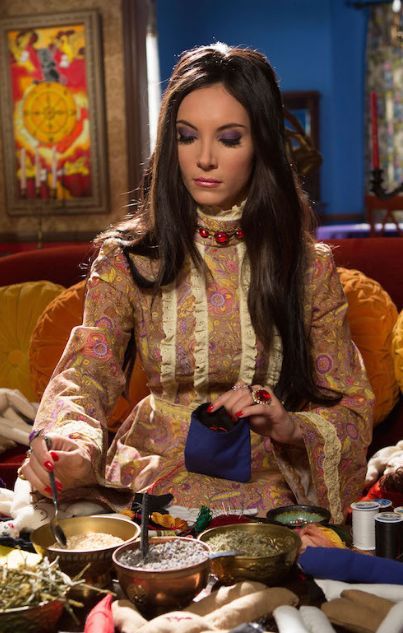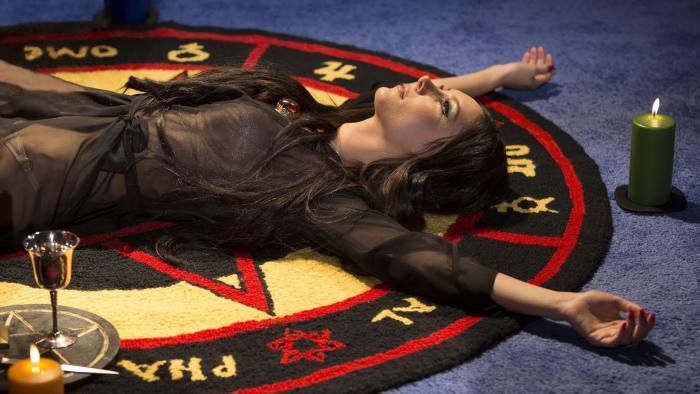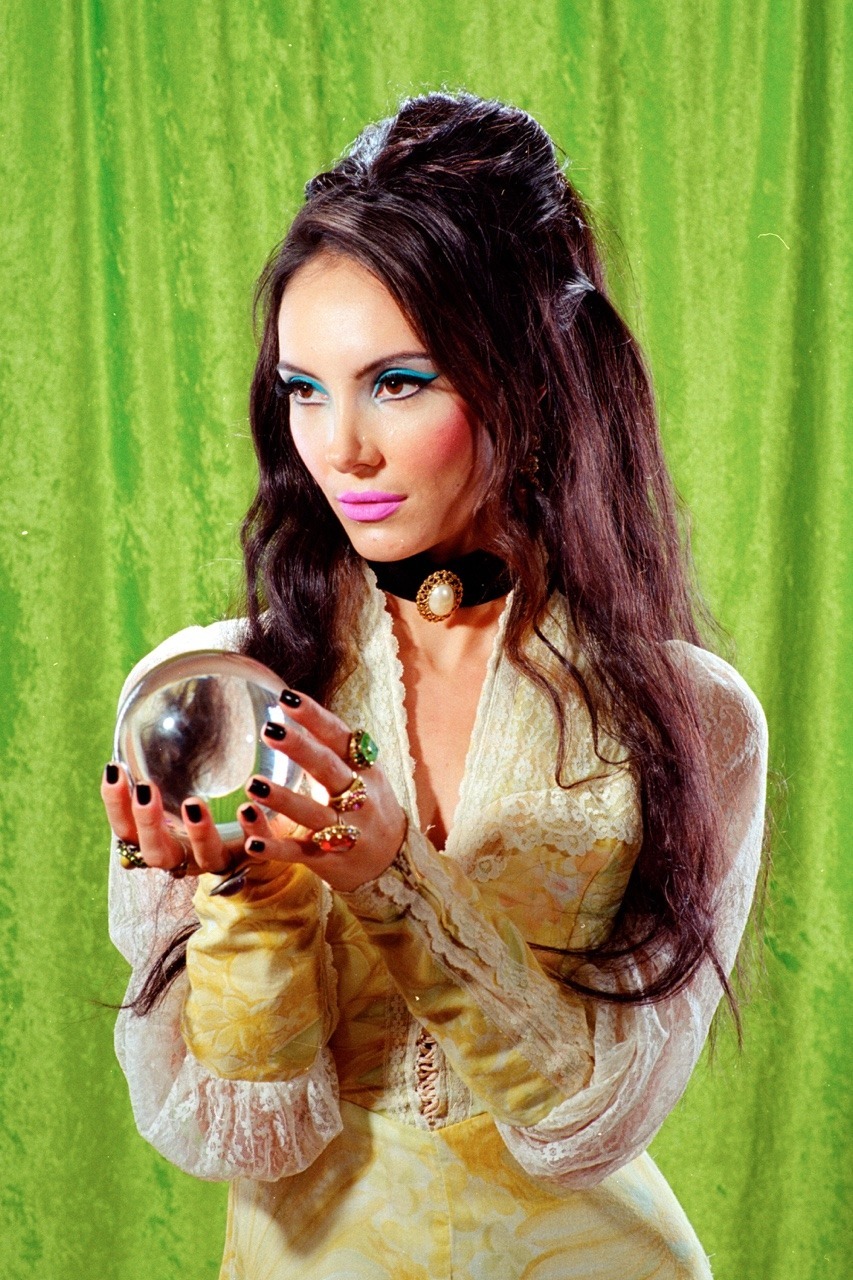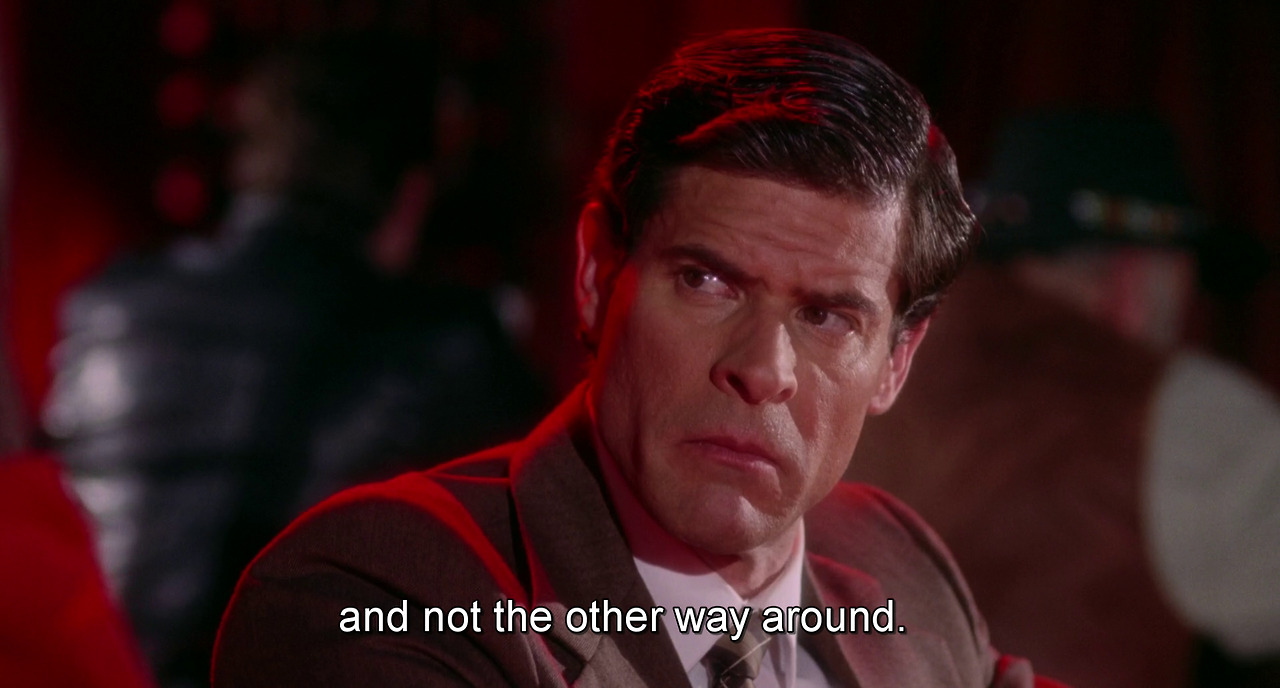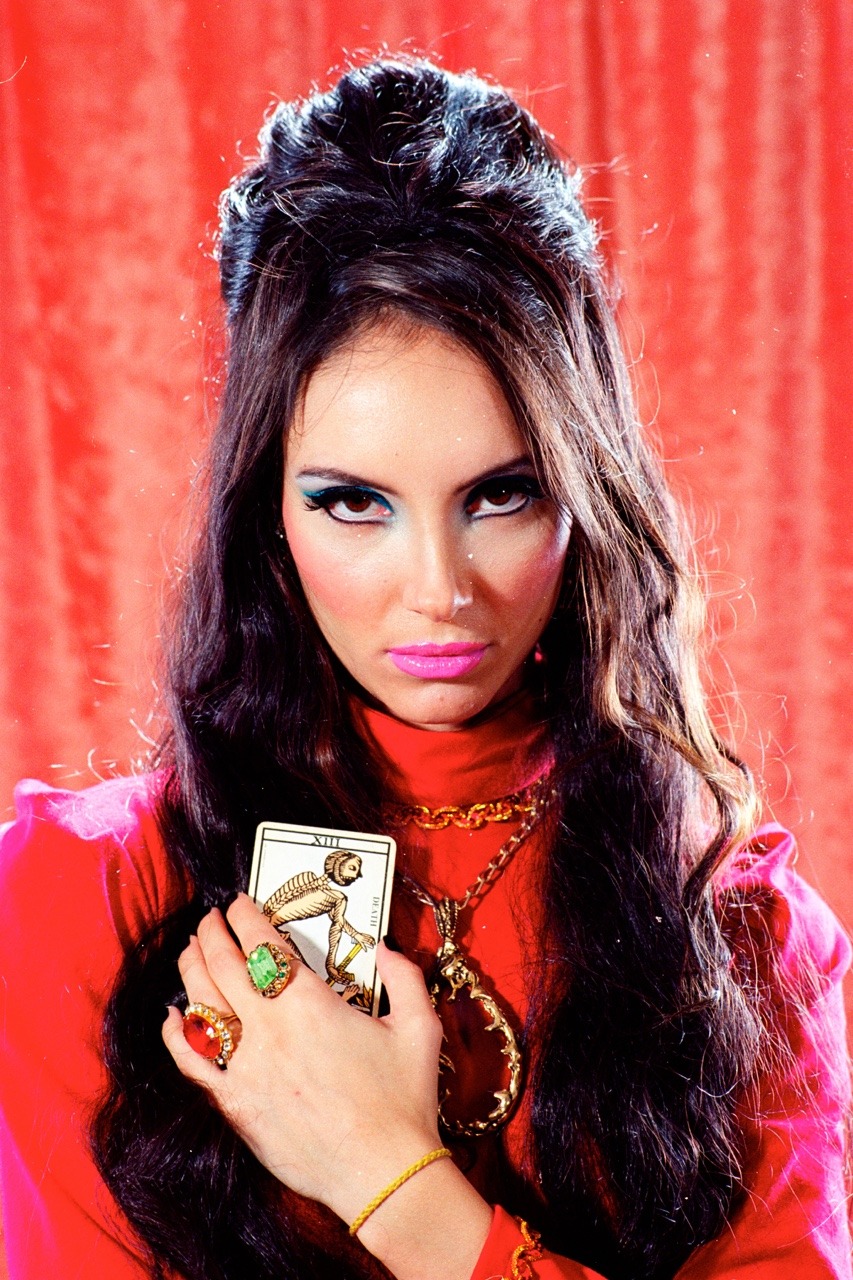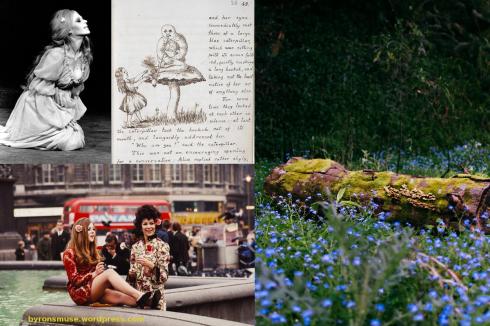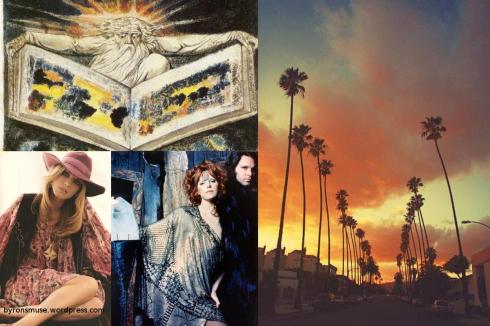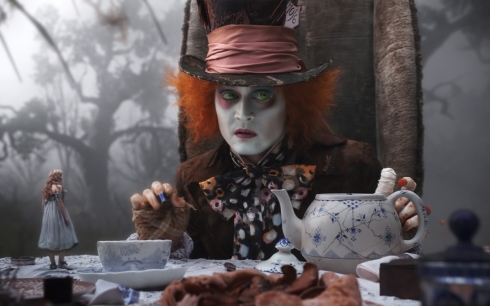Bohemian way of life has always been alluring to me and in this post I decided to assemble my love for Romanticists, Pre-Raphaelites and London Underground scene in the 1960s with a bit of fashion, aesthetics, art and music. I’ve also made collages which serve to substantiate the connection between these three art movements/counter cultures and the bohemian way of life. Enjoy 🙂
 (Click to enlarge)
(Click to enlarge)
‘Cult of genius’ emerged during Romanticism – for the first time in history an artist was considered an individual, an imaginative creature rather than a craftsman as it had been understood before. Romantics were the first rebellions, mostly artists and intellectuals led by the ideals of individuality and freedom they opposed the serious rules of the rationalistic world of neoclassicism. In the aspect of individuality, all the art movements that followed and the very perception of the artist himself owe a great deal to Romantic movement.
It’s not unusual that the word ‘bohemian’ appeared in the 19th century, though a bit after the romantics, but its meaning can fully be applied in context of Romanticists and their lifestyles. Term ‘bohemian’ was first used in French language to describe Romani people because it was believed that they came from Bohemia, Czech Republic, but it later came to symbolize any kind of unconventional lifestyle, often in the poorer but culturally richer parts of the city, involving musical, artistic, or literary pursuits. Bohemians are also seen as wanderers and adventurists. When Pre-Raphaelites arrived on the art scene in the mid-Victorian era, they opposed realism and materialism, and questioned the false values and morals of Victorian society.
A century later numerous young people chose more unconventional ways of living and opposed the conformist and consumerist Western society – those were the hippies. As you can see, every time period has its bohemians or outsiders. I could write about the large number of artists/bohemians on Montmartre in the late 19th century or the crazy early 20th century bunch on Montparnasse, but in this post I decided to focus on three art movement/countercultures that share similarities in terms of values, ideas, inspirations and aesthetics. How could I not compare the dangerous and dashing Dante Gabriel Rossetti with dark and brooding Lord Byron, and both of them with Syd Barrett for example – art knows no time, art knows ideals, moods and feelings.

Romanticists were rebellions and idealists, and in their works (especially regards literature and music) they put emphasis on subjectivity, love and intimacy, appreciation of nature, and delved into mysticism: they celebrated everything that contrasted neoclassicism and enlightenment. Romantic painters focused on the glorious past, though it often carried characteristics of escapism. The need to escape time or space is a longing which arises from the sense of dissatisfaction in a hopeless reality, and this longing characterised the whole art of Romanticism. Similarly, members of the Pre-Raphaelite brotherhood were fascinated with the past, and in the idealised Medieval world they found the spiritual and creative energy that was (according to them) lost in the industrialised Victorian world. Pre-Raphaelites also found inspiration in their ‘spiritual predecessors’ the Romantics, and their artworks show their interest in mythology, specially Greek and Roman.
A century after the Pre-Raphaelites, in the late 1960s London’s underground came alive. As the Mods and Dollies were on the wane, an alternative scene was thriving in obscurity. Acid heads, pop stars, different eccentrics, artists and outsiders graced the London scene in those years, among that horde was Syd Barrett. ‘Syd was happy being a bohemian, like the romanticised ‘poetes maudits’.* Just like Romantics and Pre-Raphaelites before them, the London hippies drank from the fountain of the past. They drew inspiration from Eastern mysticism (yoga, Hare Krishna, Buddhism, I Ching, Ravi Shankar, Tagore) European mythology, Celts, English folklore, astrology, occult, Ouija boards, tarot cards, meditation and vegetarianism.

Music: Ravi Shankar
Parallels between Pre-Raphaelites and London Underground can also be drawn in terms of aesthetics. When artists Michael English and Nigel Waymouth were commissioned to make posters for the UFO, they sought inspiration in the 19th century Orientalism and artists such as William Morris who was a member of the Arts and Crafts Movements, befriended Pre-Raphaelites and shared their ideas and style. In terms of fashion, one can notice similarities. In both cases, a bohemian lifestyle needed a bohemian fashion to match. Pre-Raphaelites came up with the aesthetic dress movement in an effort to loosen and brighten up the rigid and somber Victorian fashion. Likewise, London bohemians found a unique way of expressing themselves by wearing brightly coloured satin, floral prints, wooden bracelets, antique silver jewellery, bizarre and floral prints, velvet trousers, flowing silks… Although they lived a century apart, in terms of aesthetics and style, Jane Morris with her loosely cut dresses in natural fabrics and Marianne Faithfull or Brian Jones with their extravagant psychedelic outfits rightfully belong to the same stylistic universe.
 Music: Pink Floyd – Chapter 24
Music: Pink Floyd – Chapter 24
Apart from the fact they were inspired by similar things, these three groups of bohemians also shared some ideas despite the fact that they lived in different times and in differently structured society and social norms. Romantics, Pre-Raphaelites and hippies all shared ideas of originality, idealism, emphasis on feelings and love towards nature. Love, intimacy and identification with nature was for Romantics a wellspring of deep, almost mystical rapture. In poetry Nature reflected the way artist felt, but also influenced his feelings. As for Pre-Raphaelites, their paintings speak for themselves, but I won’t fail to mention the patience with which Millais painted the nature surrounding his drowning Ophelia. For London Underground, a part of which was formed by a group of young people from Cambridge, including Syd, nature was part of the growing up; they all enjoyed the Cantabrigian landscape, long walks by the river, in the woods. For Syd nature was imbued with mystical overtones, and he had a spiritual connection with it. I’ll quote the book:
”This profound connection with nature never left him. In his lyrics, the sky was a woman, and love was air.”*
Another thing they shared in common was the ideal of ‘free love’; a social movement which rejects marriage and perceives it as a form of social and financial bondage. It’s not the same as supporting promiscuity. Although the idea of free love is mostly associated with hippies and counterculture of the late 1960s and 1970s, ‘free love’ was a much more radical and controversial concept earlier in the past than in the ’60s. Many Romantic poets supported the idea of ‘free love’, William Blake and Shelley among them. For example, Blake believed that ‘humans were ‘fallen’ and that a major impediment to a free love society was corrupt human nature.’ Percy Shelley, along with Mary Shelley who had inherited her mother’s liberal worldviews, also supported free love, along with vegetarianism – another trait common with hippies. As for the Pre-Raphaelites, one doesn’t need to go too far, Dante Gabriel Rossetti is a good example because he lived with Elizabeth Siddal c. ten years before they married, an act very scandalous in Victorian times.
 Music: Syd Barrett – Opel
Music: Syd Barrett – Opel
Caspar David Friedrich, the most famous German Romantic painter, is well-known for his landscapes with figures turning their backs on the viewers, as if they are gazing towards something eternal and infinite. Syd Barrett’s song Opel reminded me of Friedrich’s painting ‘Moonrise over the Sea’ which can be seen in the collage above. The beginning of the song beautifully captures Friedrich’s landscapes of skies in the dusk, evening or moonrises, emptiness painted in soft transitions of purple and yellow colour, tiny figures against the vast backdrop of the sea…
”On a distant shore, miles from land
Stands the ebony totem in ebony sand
A dream in a mist of grey…
On a far distant shore…” (Syd Barrett – Opel)
In addition to the ideas shared by all three groups of bohemians, Romantics and hippies also shared the idea of pacifism, specially Percy Bysshe Shelley. However, the mood of Romanticism was a mood of disappointment, melancholy, sadness, loss of hope in society, whilst hippies tended to be a rather cheerful bunch (maybe Romantics would have been merry too, had they used acid), putting emphasis on altruism and their inner peace. Live and let live.

And last, but not least, we could see how these bohemians lived their lives in different times and expressed their ideas. Percy Bysshe Shelley for example, lived a short but turbulent and unconventional life (as did many bohemians =). In poetry he cherished a ‘cult of pure beauty’, and supported idealism, nonviolence, social justice and vegetarianism (he supported rights of all living creatures that he saw being treated unjustly!). With his strong principles and interesting ideas he became a hero for the generation that followed, poets beyond Europe, such as Rabindranath Tagore (whom the hippies loved) admired his work. Lord Byron ‘mad, bad and dangerous to know‘ led a completely different life, with more danger than integrity, but his actions are good examples of unconventionality. He had numerous love affairs, you could say that free love was his cup of tea, fought in Greece and died there also very young.
As for Pre-Raphaelites, well William Holman Hunt traveled a bit, Millais ‘stole’ Ruskin’s wife Effie and had eight children, and Rossetti lived with Elizabeth Siddal until she overdosed on laudanum and died, painted a few beautiful red haired models, then retreated himself in a house in Chelsea, London, surrounded by ‘extravagant furnishings and a parade of exotic birds and animals’. Oh, by the way, did I tell you that Dante Gabriel Rossetti’s mother Frances Mary Polidori was John Polidori’s sister? And John Polidori was a friend of both Lord Byron and Percy Shelley. Strange.

First and foremost, London bohemians of the late ’60s disapproved the lifestyle their parents led so the natural thing to do was to behave in a totally different way; to begin with they listened to blues records, wore colourful clothes and accepted a laid back attitude to life. They traded the drab and grey post-war reality with a colourful, psychedelic and mystical world of arts, music, flamboyance, love and freedom.
All in all, bohemianism is a personal, cultural and social reaction to the bourgeois life. The choice is yours, ladies and gentleman. Peace.
*Syd Barrett and Pink Floyd: Dark Globe – Julian Palacios
Tags: 1960s, 1960s fashion, art, bohemian lifestyle, bohemianism, Caspar David Friedrich, Eastern mysticism, Free Love, freedom, goodreads, Hippie movement, Idealism, Jane Morris, Julian Palacios, London, Lord Byron, love, Marianne Faithfull, music, Mysticism, Nature, originality, peace, Percy Bysshe Shelley, Pre-Raphaelites, Psychedelia, rebellion, Romanticism, Sociology, vegetarianism, Victorian era, William Blake
 Henri Le Sidaner, Table with Lanterns in Gerberoy, 1924
Henri Le Sidaner, Table with Lanterns in Gerberoy, 1924





